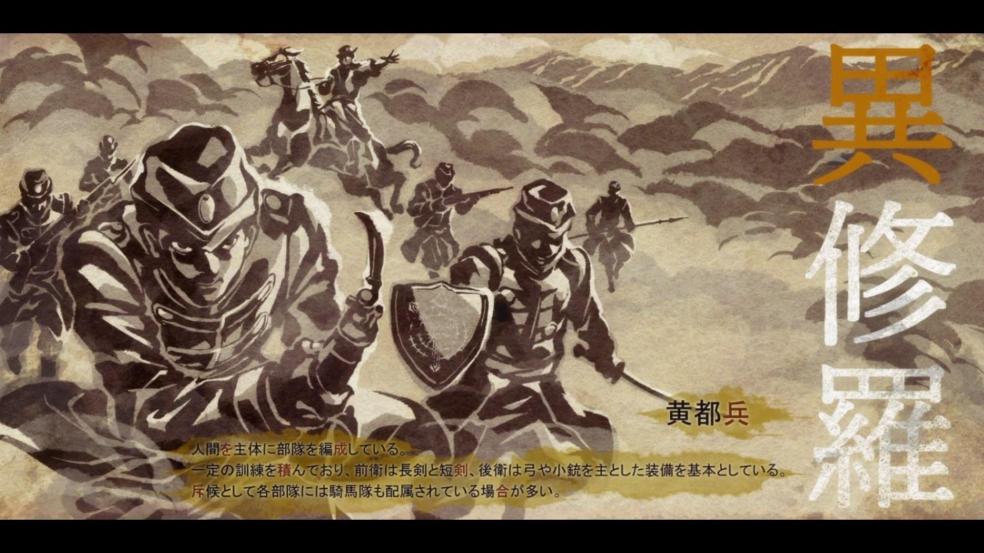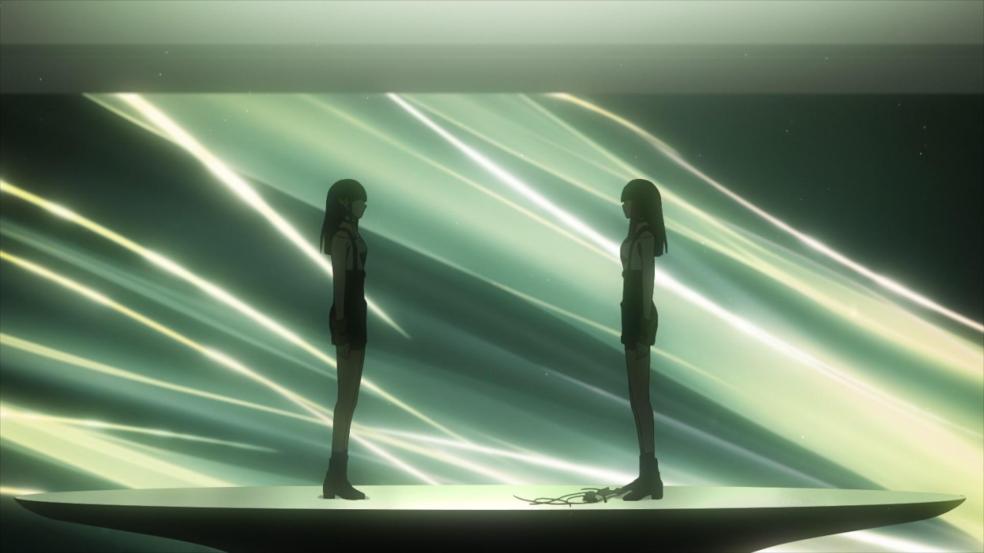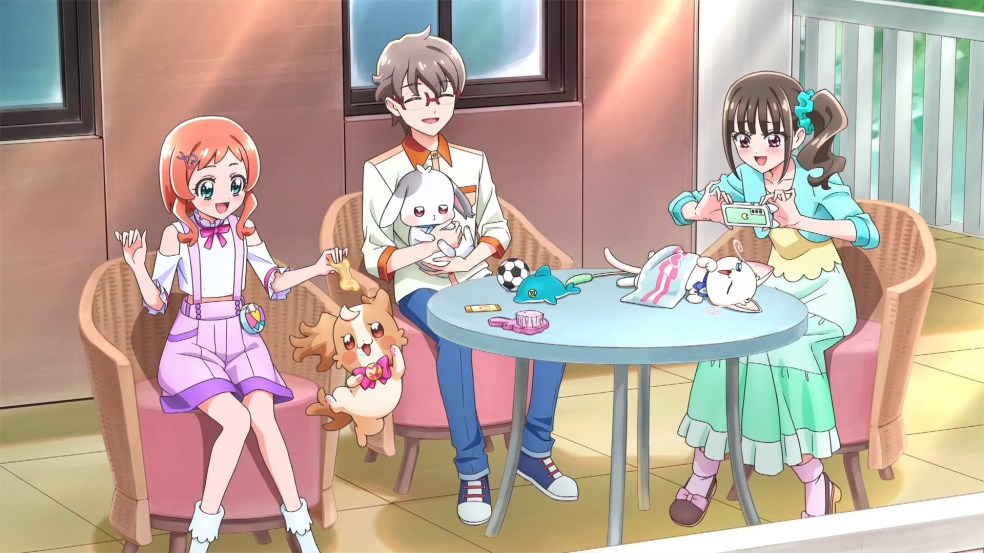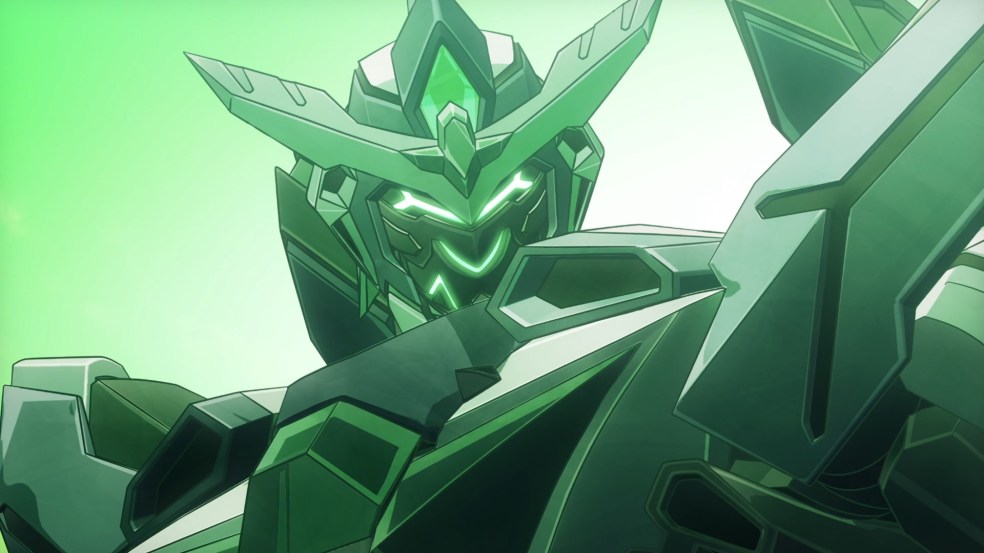Anime Orbit is an irregular column where I summarize a stop along my journey through anime, manga, and the related spheres of popular culture over the past week.
Expect spoilers for covered material, where relevant.
Bad anime are fascinating things.
I would argue that there are two pretty distinct types of bad anime. There are anime that are trashy—which have an open disregard for artistic aims beyond “be cool”, a mentality that can lead to shows that are the anime equivalent of empty calories—and there are anime that are boring, which may aim to be Serious Art but profoundly fail at it. ISHURA, an isekai battle royale political intrigue fantasy thing that aired its seventh episode this week, asks; need this be a dichotomy at all? What if, for example, it was possible to be both trashy and sometimes fun, but also tedious and dull? Not at the same time, obviously, but in alteration?
We’ll get into the specifics of that, but in a lot of ways, my main thought about ISHURA, a show I would say I have decidedly mixed feelings on, is just that it is an extremely ’20s anime. Ten years ago, it was not entirely clear how vast the endless appetite for isekai light novel adaptations truly was, so I can’t see it getting made then. Ten years from now, I imagine this market—maybe the entire industry—will have collapsed. Maybe I’m wrong, but that’s just my call on things. ISHURA‘s defenders, however, of which there are a surprising amount, will point to a few merits that make them hold the show in more regard than your run-of-the-mill narou-kei adaptation, and argue these are reasons that ISHURA not only got an adaptation, but deserved to get one. Let’s run those down.
1: the action scenes – ISHURA has, in the rare occasion it’s actually gone full-tilt with them, admittedly had some cool fights. These are, though, uniformly sloppy despite the surface-level wow factor. The direction is there, but it struggles against wonky CGI and inconsistent animation quality. In the most recent episode there was a moment where there was very visibly and obviously a cut missing. If I, a random viewer with no formal animation training whatsoever, can notice that kind of thing, there are issues with your pipeline. In spite of these imperfections, I’ll concede that these are easily the show’s best moments, because they’re fun in spite of all that.
2: the worldbuilding – Frankly, I understand this argument the least. ISHURA‘s plot is a confusing, dull tangle of lore dumps, proper nouns, fantasy geopolitics (complete with our old friend, Ye Olde Fantasy Racisme, although it’s not as major a factor here as it is in many competing isekai), and silly character names that I am not going to do the show the favor of trying to summarize here. The world they take place in is an obvious step up from the infinitely-xeroxed settings of many fantasy isekai, but there is a difference between worldbuilding being interesting and there simply being a lot of it, and I place ISHURA firmly in the latter category, despite a few cool details like the presence of a faction of talking wyverns. I will admit the magic system seems neat, but it’s not interesting enough to devote most of an episode to explaining it at length, which ISHURA of course, does. That particular expository scene takes place in a hot spring, which takes us to our third point.
3: the babes – Many people probably think of themselves as being above watching something because it has attractive women in it. I am not “many people,” and, from what I gather, neither are most ISHURA fans. That said, with one exception, I don’t find ISHURA‘s cast to be a standout in this regard. (Which is kind of weird, because the studio behind this series are longtime ecchi peddlers Studio Passione.) None of the men really do it for me either, sadly.
Let’s talk about that exception, though, because she’s indicative of both ISHURA‘s obvious weaknesses and, conversely, its strengths. I think by looking at her, we see the show itself in microcosm.
This is Nihilo [Rie Takahashi]. Full name Nihilo the Vertical Stampede (no relation to Vash). She has short purple hair, a smug streak a mile wide, and has wires that look like old iPod earbud cords coming out of her back. I think she’s basically the perfect woman and I love her more than every other character in this show put together.
I felt the need to include two screenshots because the first one is so dark that it’s honestly kind of hard to see her. I’m not sure why anime have started taking lighting cues from Game of Thrones, but I hate it.
I will not sit here and pretend that Nihilo is a terribly well-written character. She has an easy to understand motivation (she wants to be treated like a person instead of a living weapon, to very much boil it down), which is nice, but we’re not exactly breaking new ground there, and this is the case for most of the show’s characters. What’s more important than all that is that in the most recent episode, she climbs, naked, into a giant spider mecha that somewhat inexplicably has its own name and title. As she did this, and as she sped off cackling about how she felt free and had her “body” back, it occurred to me that maybe I was just watching ISHURA in the wrong way.
This isn’t a get-out-of-jail free card, to be clear. Episodes 3, 4, 5, and 6—a good chunk of the show—are mostly just unforgivably dull. But, there is a certain “smacking action figures together” appeal to the show’s stronger moments, particularly when any of the shuras (as its various Powered Individuals are called) fight each other. Perhaps that’s all you’re really supposed to get out of ISHURA. Pick a favorite character—or a couple favorite characters, I’m also partial to the in-way-over-his-head, wyvern hating general Harghent [Akio Ootsuka] and the skeletal Shalk [Kouichi Yamadera], who also has a nice turn in this episode as he fights the show’s alleged protagonist—cheer when they’re onscreen, and sit through the rest of the show while just barely paying attention.
That’s not really an endorsement on its own, and I would still describe ISHURA as easily the least essential of the anime I’m watching this season. Plus, if it ever slows down so much that we get back to episodes 3-6 levels of tedium, I will be very sad. But episode 7 is at least, you know, fun? Fun is worth something. The show’s massive ensemble cast also makes it so that you never really know quite what you’re getting with each subsequent episode, and I do get why that appeals to people in a landscape where every isekai feels interchangeable.
ISHURA‘s appeal is, in many ways, the appeal of seasonal anime in general; you really never do know for sure what you’re going to get! Sometimes you get excellent adaptations of great source material (Delicious in Dungeon, Sengoku Youko), solid genre work (The Wrong Way To Use Healing Magic), fun surprises (Brave Bang Bravern!, Bucchigiri?!), or things that are just totally inscrutable (Metallic Rouge). And, sometimes, you get one of these. If I had to compare ISHURA to anything, it would be Big Order, another light novel adaptation, and one that has found cult “so bad it’s good” status in the near decade since it aired. I’m not sure if ISHURA is committed to the bit enough that it could ever get there, but it seems to be making a run for it.
And yet, at the same time, I’m left wondering if that’s really enough to make up for its many obvious deficiencies.
From its instantly-polarizing opening episode, wherein ostensible female lead Yuno [Reina Ueda, in one of the weirdest miscasts in recent memory] sees her girlfriend brutally murdered in front of her by giant, hulking magitek robots, I knew I would have complicated feelings on ISHURA. I’ve wanted to like it in spite of that, because I think people are often too hard on stories that open on a down note. But it’s become clear that ISHURA is really just interested in shock value and spectacle. That first episode really is quite visually impressive, and the most recent follows suit.
Those are fine things to aim for, but is it really so much to ask that the series have decent pacing and just a little more thought put into it, in addition to that? I’m content to classify ISHURA as a guilty sometimes-pleasure, but it would really be nice if it could be more than that. That it’s not just makes me wonder about what could’ve been.
Like what you’re reading? Consider following Magic Planet Anime to get notified when new articles go live. If you’d like to talk to other Magic Planet Anime readers, consider joining my Discord server! Also consider following me on Anilist, BlueSky, or Tumblr and supporting me on Ko-Fi or Patreon. If you want to read more of my work, consider heading over to the Directory to browse by category.
All views expressed on Magic Planet Anime are solely my own opinions and conclusions and should not be taken to reflect the opinions of any other persons, groups, or organizations. All text is manually typed and edited, and no machine learning or other automatic tools are used in the creation of Magic Planet Anime articles, with the exception of a basic spellchecker. However, some articles may have additional tags placed by WordPress. All text, excepting direct quotations, is owned by Magic Planet Anime. Do not duplicate without permission. All images are owned by their original copyright holders.







































